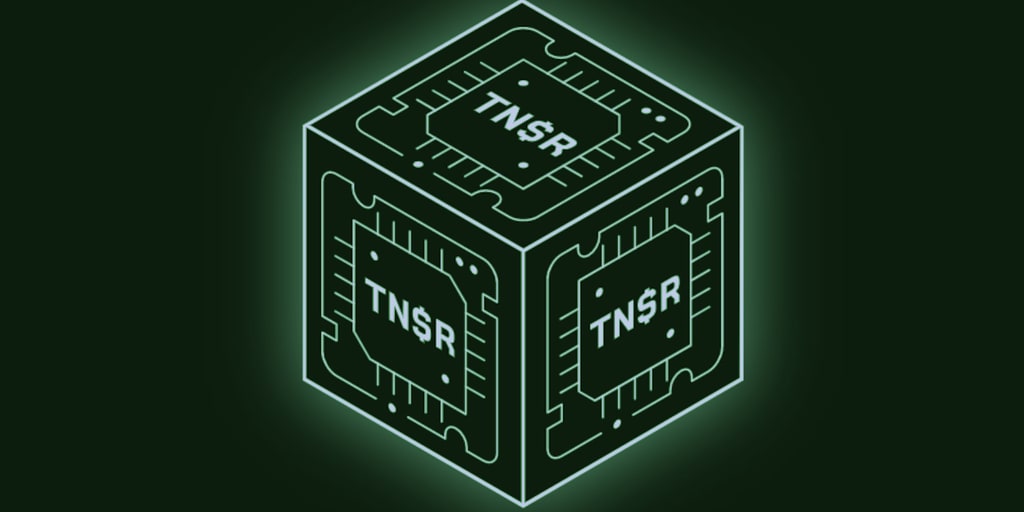Tensor: Fastest NFT Exchange on Solana
In this analysis you will learn a lot about the Tensor ecosystem and the effects of Tensor season 2. (The parameters you see below are arranged for a more efficient understanding of some graphics. You can make inferences by specifying the constraints you want.)

Introduction
Tensor is an NFT marketplace built on the Solana blockchain (just like Blur on Ethereum). Tensor's first season, which has been active since September 22, 2022, ended a month and a half ago. The second season has started as of March 6, 2023. Tensor organizes airdrops that will give you rewards when you meet certain conditions to encourage users. This season, they will reward users with new rewards and they think this will increase activity. It's been less than two weeks since Season 2 started and Tensor is already Solana's 2nd largest (after Magic Eden) NFT marketplace. In this analysis you will be able to observe the evolution of Tensor from every perspective.
Findings
-> Season 2 has aired in less than two months and the number of NFT sales transactions on Tensor has grown tremendously. The sum of sales transactions since Season 2 aired is more than 300% of the total sales transactions made in Season 1.
-> The average value of NFTs transferred in Season 2 so far is half the average NFT $price in Season 1. We can deduce that more users are not transferring with NFTs with higher prices.
-> Looking at the sales volume of the NFTs, the sales in the one-week period of Season 2 also seem to be doing well. The sum of sales in Season 1 is 41% of the total sales in Season 2. That's enough to say already that Tensor will be a very successful ecosystem this Season 2.


Findings
(Although we are in the introduction, it is useful to look at NFT buyers and sellers.)
-> The number of NFT buyers in the new season has reached 268% of the total number in Season 1.
-> When we look at the NFT seller numbers in the new season, we see a similar result. It's just There are 11K more sellers when you compare the seaons.
I will review the detailed analysis about users in the 'Tensor User Behavior' section.